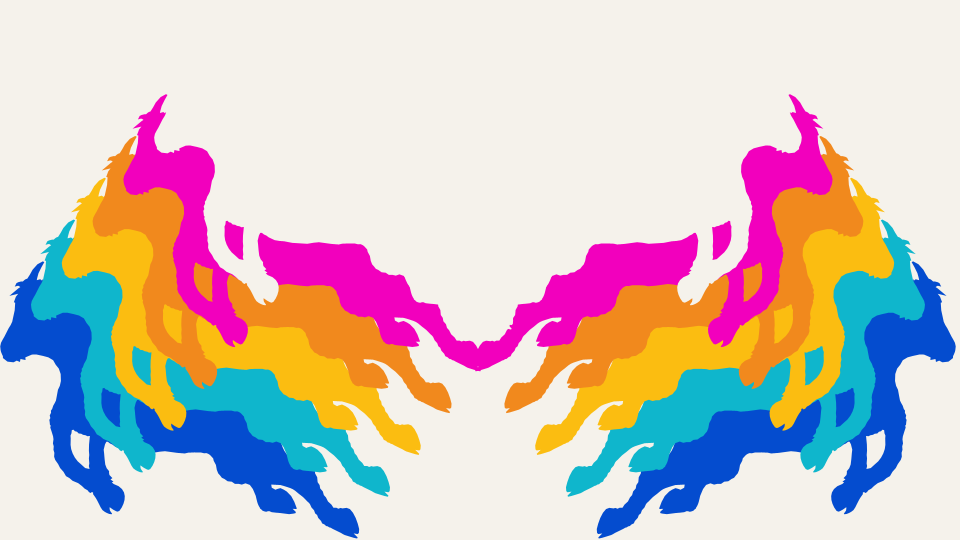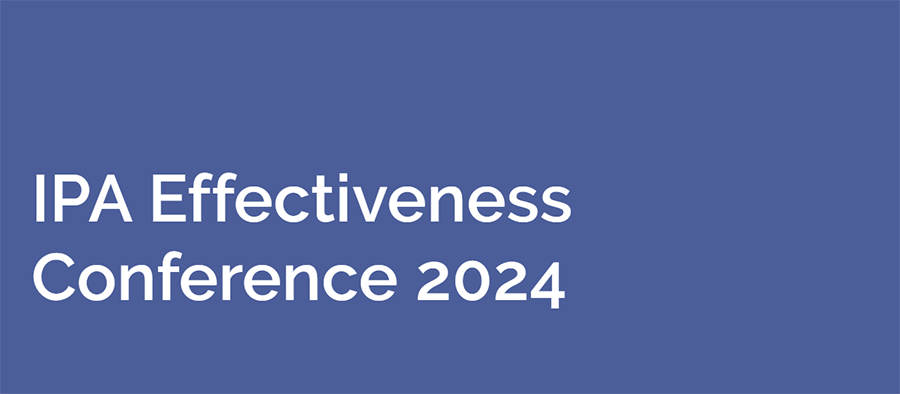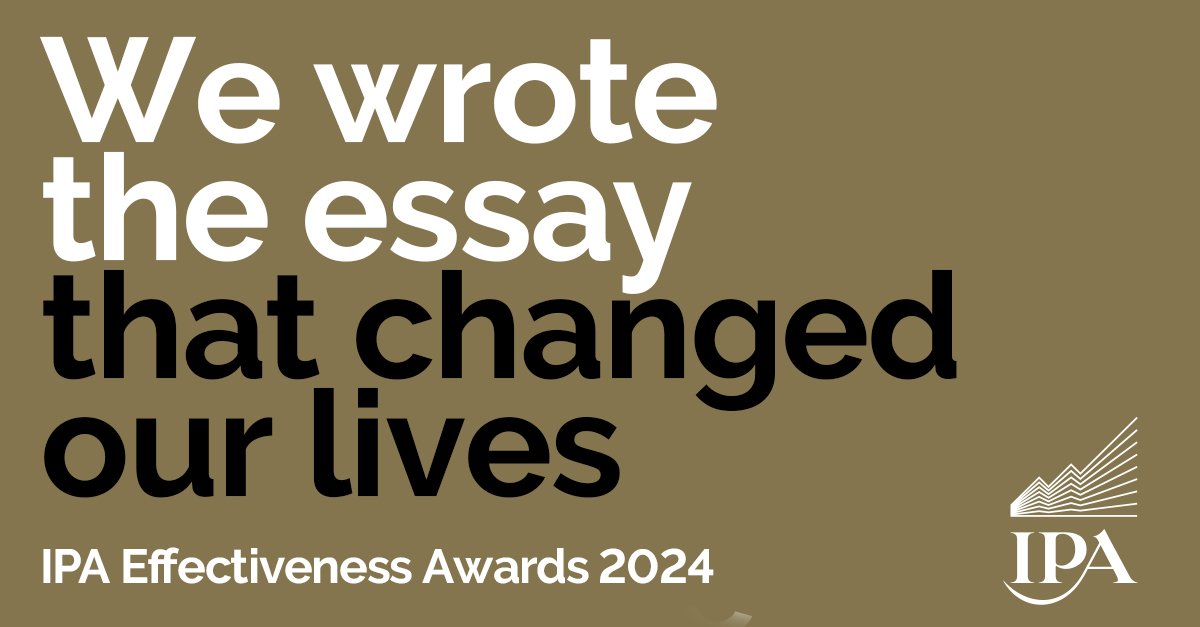Not too many summers ago, while driving on an Italian motorway back home, I came out to my mum. Honestly, it wasn’t very glamorous and wasn’t what you’ve seen on TV, but she was very supportive. I guess I knew all along she would have been fine. But when you grow up in a world with barely any LGBTQ+ media representation, it’s hard to shake off the idea that you are somewhat different.
Now, as I celebrate a new Pride month while living and working in the UK, I watch every logo turn rainbow on the first of June (although down here in Brighton, Pride is very much an August thing – but I digress…) And I catch myself wondering whether this type of representation would have made my coming out any easier.
And the answer to that is probably yes. But does representation come at a cost?
As an archetypal Gen-Z social media addict, I can tell you that it’s never too far into June when you open Twitter and realise that some brands are facing major backlash for their Pride campaigns. So, whatever your opinion on ‘corporate Pride’ campaigns, this fabulously queer SEO is here to tell you that Pride marketing doesn’t have to be all that bad.
Don’t sell. Support.
It’s the good old battle between sales activation and brand awareness. But let me tell you when it comes to Pride campaigns, brands should showcase their support but avoid using it as an excuse to push some sales on the back of human rights.
In June 2021, Kim Kardashian tweeted a picture of her avatar holding a pride flag on her newly created video game, with a link to the game. Now, the response to this was mixed. But it is safe to say that a great many in the queer community did not appreciate this unsubtle product placement.
If there needs to be a commercial drive behind Pride campaigns, then let it be that your showcase of support and solidarity will create some amazing organic brand trust and awareness. But be careful, the support’s got to be real!
I will go as far as to say that pride campaigns should not sponsor any products unless they are directly benefiting a tangible Pride cause (e.g. a fundraiser or direct campaign).
It’s more than a rainbow logo
Have you ever heard of performative allyship? That’s when brands or organisations proclaim their support for the LGBTQ+ community during June while hiding their wrongdoings.
Whether it’s donating money to homophobic and transphobic organisations and politicians, or hiding issues of discrimination against employees, we have all seen a good dose of pretend support in Pride campaigns. And there is nothing more satisfying than reading those sweet Twitter threads when information comes to light!
Often referred to as commodity activism, these types of support campaigns are born from increasingly more common cultural environments where social action and activism are defined through popular media consumption and commercialised popular culture.
Now, the keywords (SEO pun not intended) to do good here are ‘honesty’ and ‘accountability’. Brands need to truly embrace pride support both internally and externally. While mistakes can happen, the public doesn’t expect brands to be perfect as much as they would like them to be accountable for any wrongdoing.
Moreover, brand support should also be expressed in the forms of donation campaigns, internal and external changes to exclusive corporate policies and community support.
Language matters
The world of queer rights is constantly evolving, and so should brands. When creating a campaign to celebrate and support pride, brands must consider language and symbolism that is representative of the latest understandings.
Ensuring that campaigns are up-to-date is also a great opportunity to run training sessions or even organise events to educate the wider community. Even more than monetary contributions, the will to spread education and awareness is one of the greatest forms of allyship.
If you would like a deeper insight into how language can shape rights and access for the LGBTQ+ community, head to Sprinkle Journal and read my academic keyword research into the medicalisation of gender nonconformity.
LGBTQ+ rights are human rights!
The plus sign at the end of LGBTQ+ might be there to capture all forms of diversity within the community, but I like to read it with a broader perspective in mind. Pride is about standing against any form of discrimination and embracing an intersectional view of human rights and social issues.
A pride campaign should consider this as an opportunity to address casting, language and channels and capture the truly wonderful spectrum of diversity under every front. Moreover, companies and brands should make sure to audit their policy and actions against all types of discrimination.
It’s not all that bad
While today’s world might have managed to commodify social resistance and activism, positive change is possible and available for those who want it.
Media, in this light, plays an enormously important role in identifying the way resistance to oppression interacts with consumer culture to support new types of political resistance.
So. Not just today, Not just this month. Not even in August. But all year round, let’s be proud and do it right!




